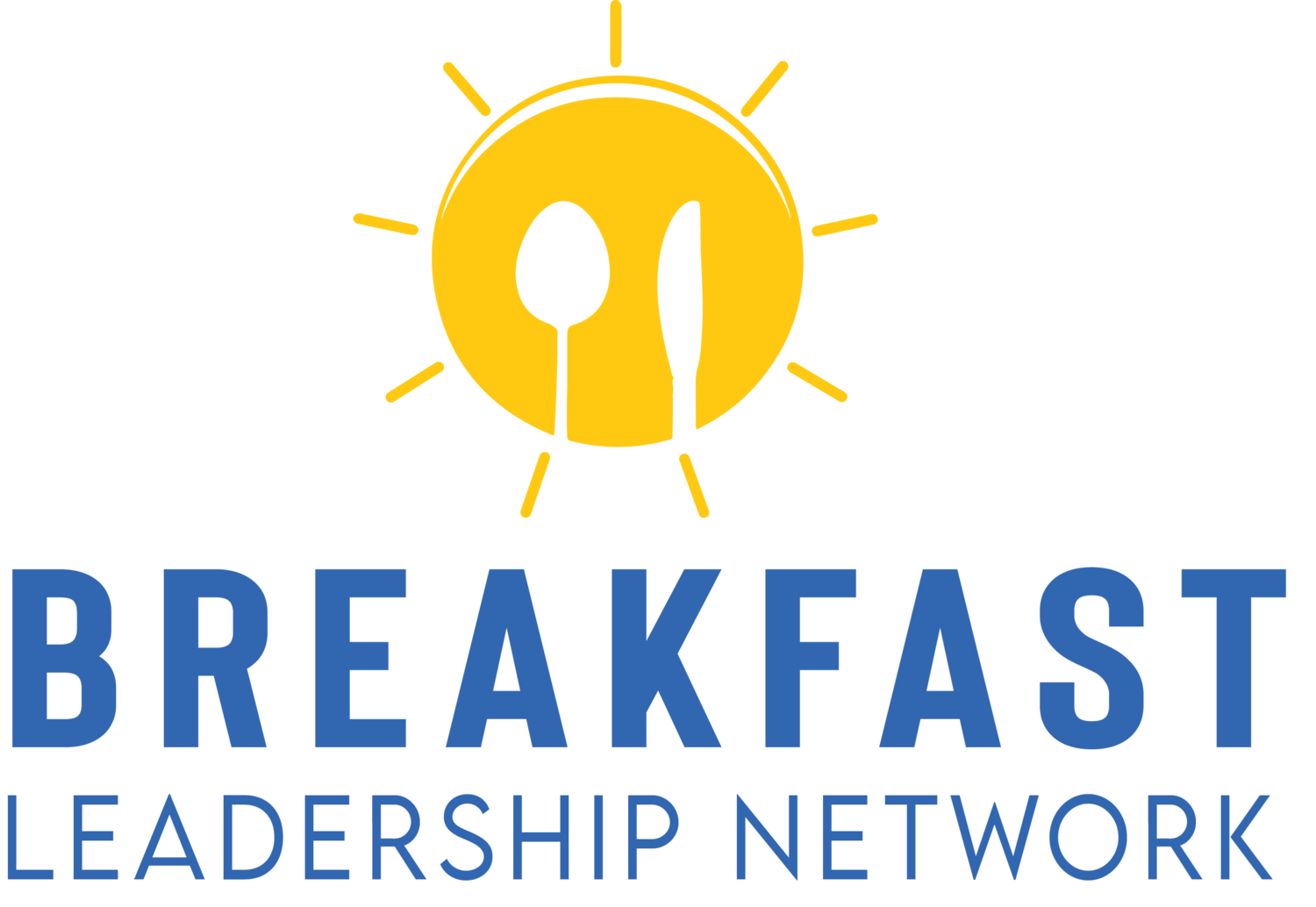How Can You Use Storytelling To Communicate The Value Of Your Performance Management Framework?
Unlock the secret to elevating your performance management framework with the power of storytelling! In this insightful article, global thought leader Michael Levitt reveals how compelling narratives can drive employee engagement, reinforce organizational values, and communicate the real impact of your performance strategies. Learn how to build emotional connections, increase stakeholder buy-in, and turn your framework into a powerful tool for transformation. Whether in HR, leadership, or workplace culture strategy, this guide will help you harness storytelling to inspire high performance and sustainable growth.
In a world where data and metrics rule, it’s easy to forget that the most impactful messages are the ones that hit people in the heart, not just the head. Numbers don’t move people—stories do. As leaders, HR professionals, and culture champions, we need to shift how we communicate the value of our performance management frameworks. We must stop leading with dashboards and KPIs and start telling stories that humanize the process.
The Human Connection Behind Performance
Performance management frameworks often get a bad reputation. They’re seen as rigid, bureaucratic, and demotivating—usually because they’re communicated in a way that lacks relevance to the employee experience. When we rely solely on technical terms and spreadsheets, we lose the opportunity to make a meaningful connection.
Storytelling is the bridge between policy and purpose. It allows us to communicate what the framework is, why it exists, who it helps, and how it drives personal and organizational success. When employees understand the why, they’re far more likely to buy into the how.
Start With the “Why” Through Story
Simon Sinek nailed it when he said, “People don’t buy what you do; they buy why you do it.” The same principle applies to performance management.
Instead of introducing a framework with a manual or a presentation filled with charts, start with a story:
Tell the story of an employee who went from underperforming to thriving because of feedback and coaching.
Share how a team aligned their goals, crushed a project, and celebrated their success, because their performance expectations were clear.
Highlight how leadership used the review data to invest in training that helped entire departments grow.
These aren’t just anecdotes—they’re case studies in action. They illustrate the framework's human impact.
Make the Employee the Hero
Your team doesn’t want to hear about your shiny new process—they want to know what’s in it. That’s where storytelling becomes transformational. Use a narrative that casts employees as the heroes of the story. The framework? That’s the map, the mentor, the guide helping them unlock their potential.
When people can see themselves in the story and recognize their challenges, goals, and growth, the framework becomes personal. It no longer feels like a corporate tool. It feels like a support system built for them.
Use Stories to Reinforce Your Values
Every organization has values, but not every organization lives them. Stories bring values to life in a way that posters and handbooks never will.
Tie your performance framework to real-life examples that reflect your culture:
Share a story about how integrity was demonstrated during a performance review conversation.
Celebrate moments where collaboration led to unexpected innovation.
Show how accountability turned a struggling project around.
When stories and values align, your framework becomes more than a process—it becomes a living, breathing part of your culture.
Stories Create Psychological Safety
Let’s be honest—performance reviews can be anxiety-inducing. One way to reduce that fear is through storytelling. Leaders and managers who share their growth journeys—mistakes included—create an environment where vulnerability is safe.
When you normalize the ups and downs of development through narrative, you shift the performance conversation from evaluation to evolution. You create a space where people feel safe enough to grow.
Bring It Into the Everyday
Embedding storytelling into your communication strategy isn’t a one-off initiative—it’s an ongoing rhythm. Here’s how to make it part of your performance management ecosystem:
Kick off performance cycles with a story of success from the previous round.
Train managers using story-driven role plays or testimonials from real leaders.
Incorporate stories into dashboards by adding quotes or outcomes from past reviews.
Celebrate wins in newsletters or town halls with a narrative that ties performance to impact.
The more frequently you share relevant stories, the more connected and valued your people feel.
Measurement Still Matters—But So Does Meaning
Yes, your performance framework should be measurable. It should track goals, monitor progress, and identify development needs. But it must also be meaningful if you want it to inspire action and loyalty.
Storytelling adds meaning, contextualizes the metrics, explains why something matters, and highlights the emotional ROI of high performance, like fulfillment, pride, and belonging.
Conclusion: Storytelling Is the Soul of Performance
Excellent performance management is not about checking boxes but empowering people to reach their potential. And people are inspired by stories.
By using storytelling to communicate the value of your performance framework, you turn something perceived as a corporate necessity into a strategic asset for culture, engagement, and results.
So, don't lead with a pie chart the next time you roll out your performance strategy. Lead with a story, and watch your people lean in, step up, and shine.
Want help crafting performance-driven stories that resonate? Let’s connect. Because when your people feel the purpose, they’ll perform with passion.
Explore insights and strategies for success with Breakfast Leadership Network, your trusted source for leadership articles, shows, and more. Subscribe today to stay informed and inspired!
LinkedIn: https://linkedin.com/in/MichaelDLevitt
X: https://X.com/bfastleadership
Instagram: https://www.instagram.com/bfastleadership/
YouTube: https://youtube.com/@breakfastleadership?sub_confirmation=1
TikTok: https://www.tiktok.com/@bfastleadership
Blog: https://BreakfastLeadership.com/blog
Interviews: https://BreakfastLeadership.com/media
Podcast: https://apple.co/3ywz8SE
Hire Michael to Speak at Your Event: https://BreakfastLeadership.com/Speaking
Books:
Workplace Culture: https://amzn.to/4j2yCOn
Burnout Proof: https://amzn.to/37prw48
The Great Resignation & Quiet Quitting: https://amzn.to/3JgeusB
Baby Boomer Burnout: https://amzn.to/3Yei4rf
369 Days: How to Survive A Year of Worst-Case Scenarios: https://amzn.to/38Zd807
Burnout: How You Entered The Path To Burnout: https://amzn.to/2GQWFyZ
